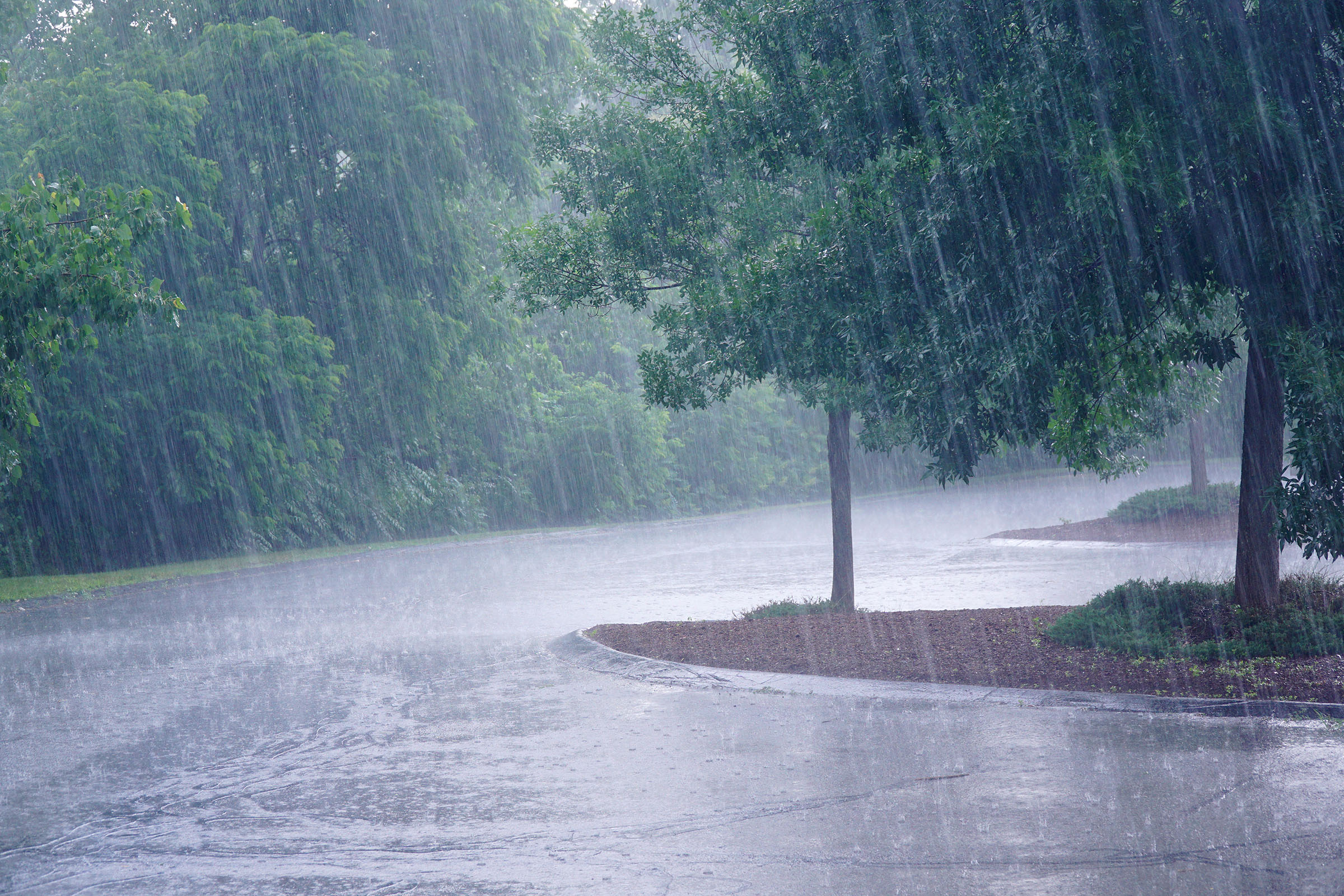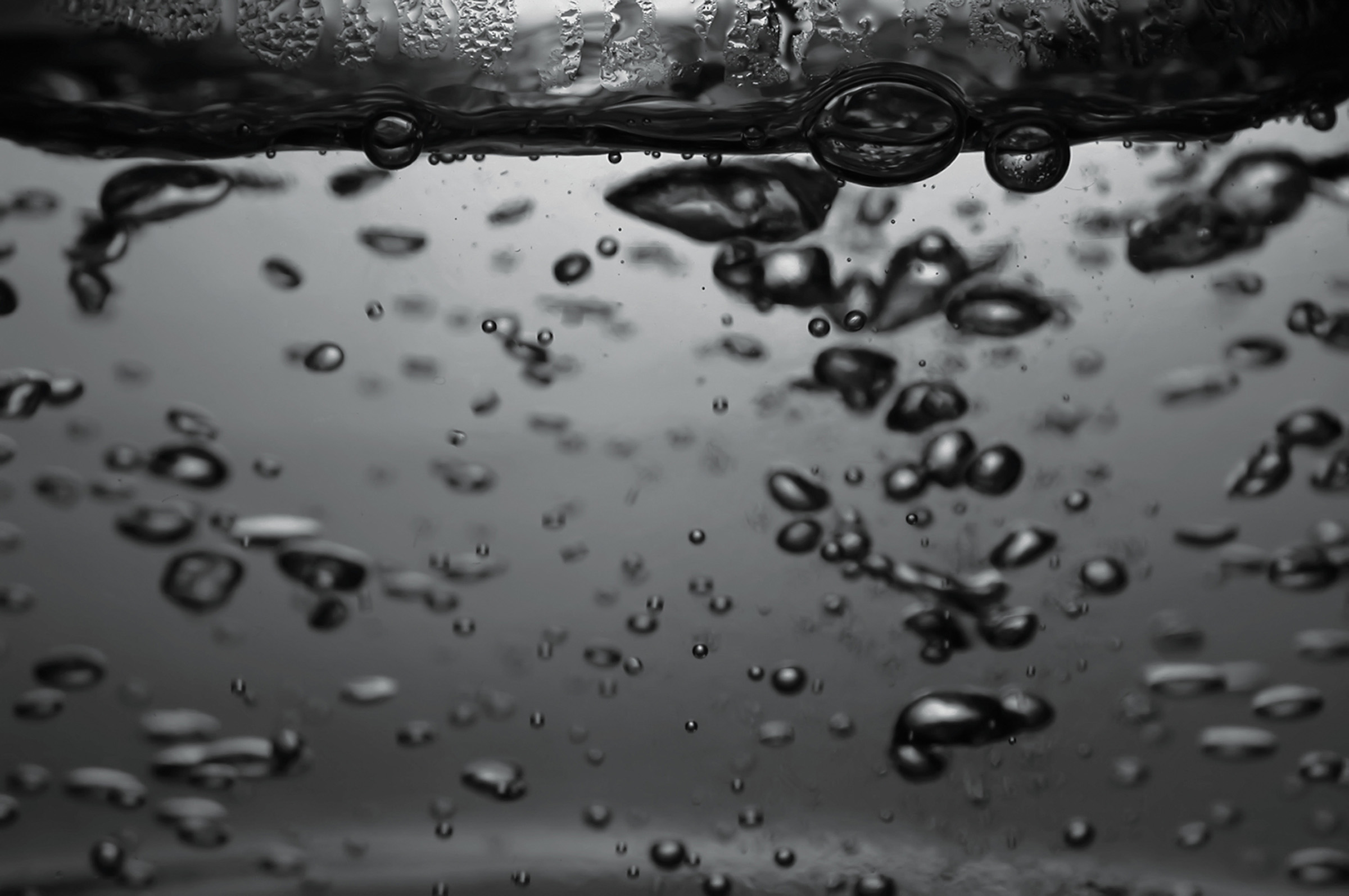Rainwater is an important part of our planet’s ecosystem, and it helps fuel access to drinking water in many places. However, a new study suggests that rainwater is now unsafe to drink. The study says that “forever chemicals” have reached unsafe levels. These forever chemicals are scientifically known as per- and poly-fluoroalkyl substances (PFAS), and they don’t break down in the environment.
Forever chemicals have made rainwater unsafe to drink

You can find PFAS chemicals in non-stick and stain-repellent properties. As such, they’re found in a lot of household food packages, electronics, and even cosmetics and cookware. However, it seems that these chemicals are now mixing with our rainwater. As a result, it has made rainwater unsafe to drink. And researchers say they can’t tie this issue to just one location. It’s everywhere in the world, even in Antarctica.
The researchers say that the guideline levels for forever chemicals have dropped significantly over the past 20 years. That’s because new insight into just how toxic these chemicals are to the human body has come to light. As such, the values for PFAS in drinking water to be considered toxic have dropped quite a bit. As a result, the current levels of one particular chemical would deem rainwater unsafe to drink.
It’s an interesting dilemma because rainwater does play such a large role in the water ecosystem for some countries. Perhaps one of the most concerning chemicals, though, is perfluorooctanoic acid (or PFOA). This forever chemical is known to cause cancer, and its guideline values have declined by 37.5 million times in the United States.
PFOA makes rainwater toxic

Because the value guidelines for PFOA in rainwater have changed so much, the current levels leave rainwater everywhere unsafe to drink. The water isn’t necessarily toxic in that it will kill you outright. However, it could cause some health issues, like cancer.
Of course, we don’t really go out collecting rainwater in the United States. But it does play a large role in some countries’ water systems. Having such a high concentration of known toxic chemicals in the water makes rainwater less useable. That means that those countries may have to look into other filtration options.
Luckily, we’re already seeing some great work in that field, with some engineers even creating a filtration system that desalinates water with just a button press. If we could take similar tech and filter out harmful chemicals, we could more broadly deploy safe water systems to other countries that rely on rainwater.
Of course, rainwater being unsafe to drink is most notable because rain is a natural source of a substance humans need to survive. And, because the toxic levels within rainwater could open the door to fertility problems, increased risk of cancer, and developmental delays in children, there is a lot of cause for concern.
Whether or not we can find a way to remove those chemicals from the environment completely is another issue altogether, though.







